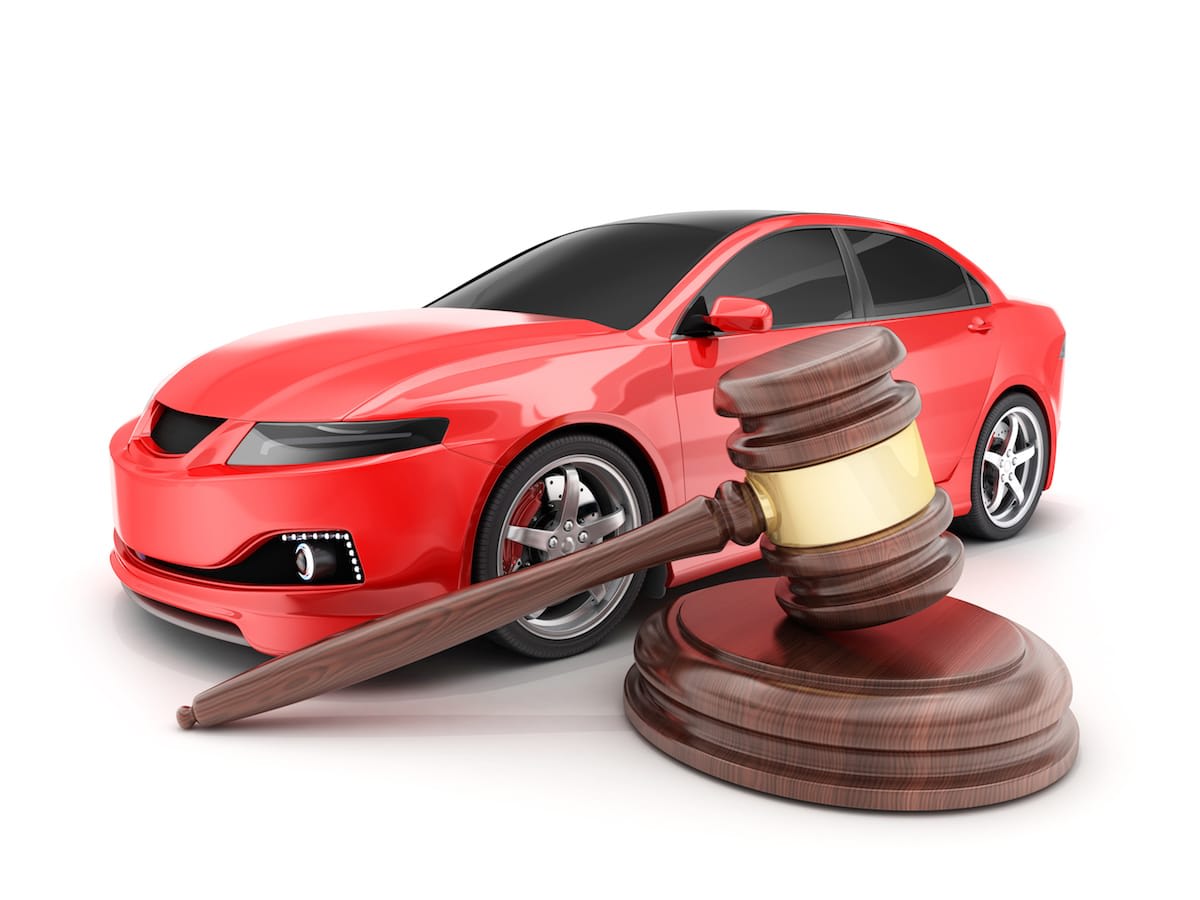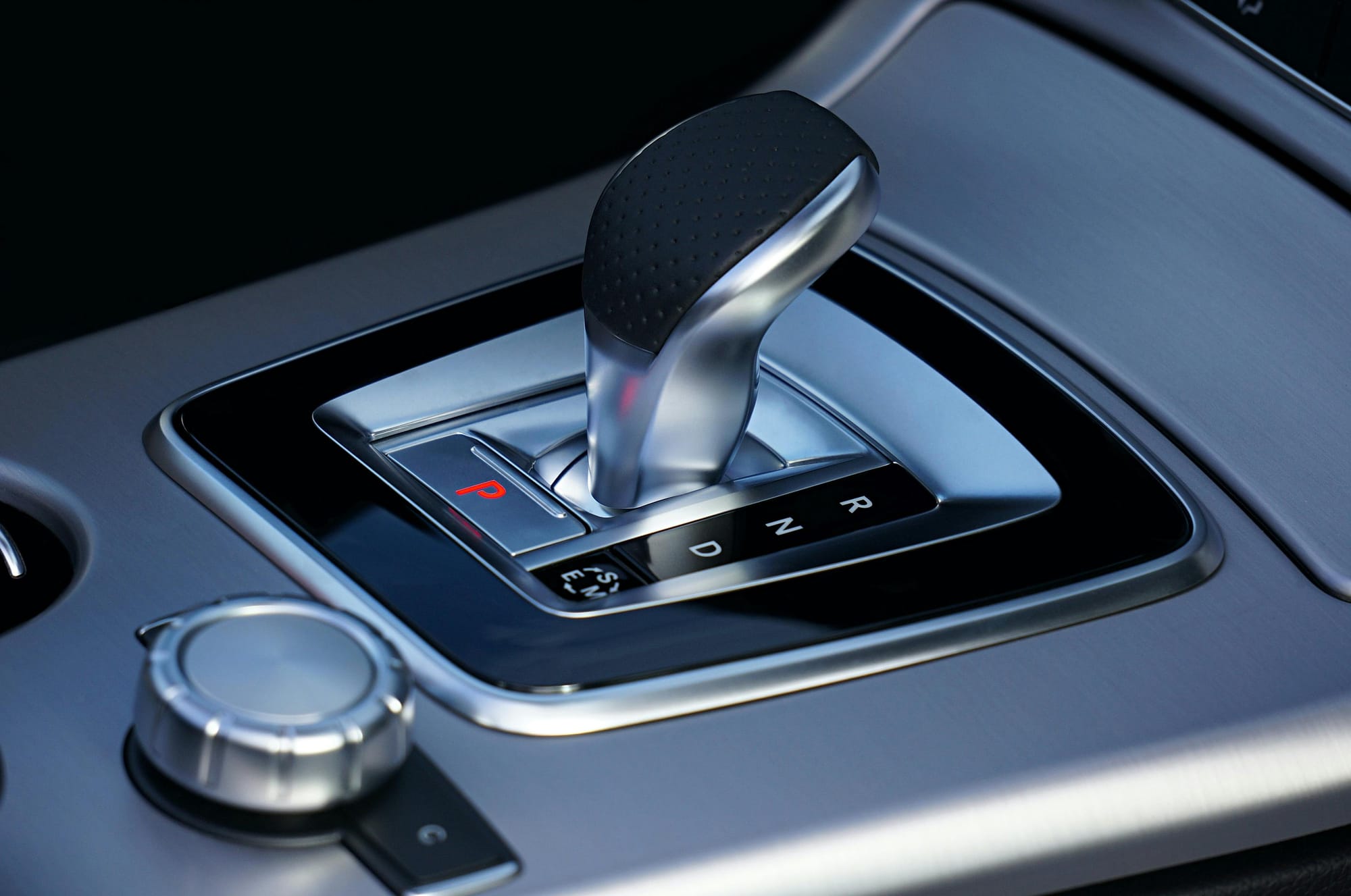Guide 2: How to Buy a High-Quality Car from a Japanese Auction – Grading, Bidding & What to Avoid

Buying from a Japanese car auction gives you access to high-quality, well-maintained cars at lower prices—but only if you understand how the auction system works.
In this second guide of our series, we will demystify the auction process and turn you into a confident bidder. You will;
✅ Understand how Japanese auctions work and why they offer great deals.
✅ Decode Japanese auction grades to choose a reliable car.
✅ Read an auction sheet properly to verify a car’s condition before bidding.
✅ Spot fake auction reports and avoid scams.
New to Japanese car imports? Start with Guide 1 and understand the fundamentals of how to import a car from Japan to Kenya

Understanding the full import process will help you make smarter auction decisions. After mastering auction bidding here, move to Guide 3 to learn how to find reliable agents who'll help execute your winning bids.

Each guide is essential – skip one, and you might miss crucial information that could save you thousands
Section 1: How Japanese Car Auctions Work
Japanese car auctions provide a transparent marketplace for buying used cars. These auctions allow you to bid on cars directly, avoiding dealership markups while ensuring full access to auction history.
Why Kenyan Buyers Prefer Japanese Auctions:
- Lower Prices – Wholesale rates without dealership profit margins.
- Detailed Condition Reports – Auction sheets reveal car history, damage, and past repairs.
- Wide Selection –Thousands of cars are available weekly, including all makes and models.
- Full Transparency – Past auction records allow verification of vehicle history.
Now that you understand the auction system let’s look at how to evaluate car quality using auction grades.
Section 2: Understanding Japanese Auction Grades
Auction grades help buyers quickly assess a car’s condition, but many buyers misunderstand them and end up with cars that need major repairs.
What Do Auction Grades Mean?
Grade Condition What It Means for Buyers
Grade S / 6: Brand New Car is under 12 months old with very low mileage.
Grade 5: Excellent Almost new, no repairs, very low mileage.
Grade 4.5: Very Good Minor wear, no major repairs, great choice.
Grade 4: Good Used but well-kept, minor scratches or dents.
Grade 3.5: Fair Some wear and tear, visible scratches, minor repairs.
Grade 3: Average May have noticeable damage, rust, or past repairs.
Grade 2 / 1: Poor Major mechanical issues, rust, or frame damage.
R / RA Accident: Repaired Car was in an accident and repaired.
Warning:
Some sellers use high grades to hide mechanical issues. Always check the full auction sheet!
Next, let’s break down how to read an auction sheet properly.
Section 3: How to Read a Japanese Auction Sheet

An auction sheet provides detailed condition reports on a car. Understanding these reports helps you avoid costly surprises.
Key Sections of an Auction Sheet
1️⃣ Basic Vehicle Information
✔ Make & Model
✔ Year of Manufacture
✔ Chassis Number
✔ Transmission Type
✔ Fuel Type
✔ Mileage (Check for odometer fraud!)
2️⃣ Auction Grade & Inspector’s Notes
✔ Overall grade (S to RA)
✔ Interior & exterior condition rating
✔ Mechanical notes (Engine issues? Transmission problems?)
✔ Accident history (Was it a repaired accident car?)
3️⃣ Damage & Repair Markings (Condition Map) Symbol Meaning
A1, A2, A3 Small, medium, large scratches
U1, U2, U3 Small, medium, large dents
W1, W2, W3 Minor, visible, or major repairs
X / XX Part must be replaced or has been replaced
S1, S2 Light or significant rust
Y1, Y2, Y3 Small, medium, large cracks or holes
Pro Tip: If a car has multiple "X" marks or significant rust (S2+), avoid it!
Now that you can read an auction sheet, let’s discuss fake reports and how to spot scams.
Section 4: How to Spot a Fake Auction Report
Scammers alter auction reports to hide real issues. Here’s what to watch for:
Common Auction Report Scams
❌ Fake Mileage Reduction – Odometer rollback to make a car appear newer.
❌ Tampered Condition Reports – Accident history erased or misrepresented.
❌ Old Photos Used – The actual car condition may be worse than shown.
How to Verify a Genuine Auction Report
✔ Cross-check auction sheets with past listings (use Japan Car History Check).
✔ Look for consistency in the report – check the inspector’s handwritten notes.
✔ Request additional photos – especially of the engine, interior, and undercarriage.
✔ Compare auction grade with actual condition – a high grade does not always mean a perfect car.
Next, let’s move to Guide 3 and learn how to choose a reliable import agent.

Conclusion: Next Steps
- You now know how to choose the right car at auction.
- Auction grades do not tell the whole story—always read the full auction sheet.
- Avoid cars with accident history (R/RA grades), heavy rust (S2+), or undisclosed damages.
- Always verify mileage, auction records, and past inspections before bidding.
Next Steps: Now that you understand auctions, proceed to Guide 3: How to Find a Trusted Car Import Agent in Kenya & Avoid Costly Scams to ensure a secure buying process!
Remember, if you need financial assistance, contact us through our contact form, call us on +254791573231 or visit one of our branches across Nairobi, Kiambu, Machakos, and Kajiado counties to explore your financial opportunities.





Comments ()